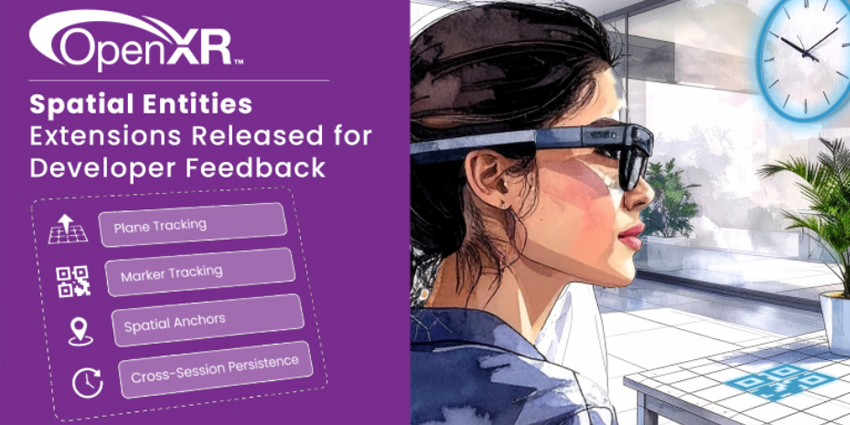US computer graphics and components enterprise NVIDIA teamed up with Microsoft last week to build a massive AI cloud supercomputer using the latter’s Azure cloud computing service. It will also leverage NVIDIA’s A100 and H100 processors, Quantum-2 InfiniBand network, and AI Enterprise software.
Microsoft Azure is the first platform to tap NVIDIA’s Quantum-2 Infiniband high-speed data and simulation processing and the first public cloud to use the technologies. It will also leverage Microsoft’s Azure virtual machine technologies to compute research and automation for organisations.
The new supercomputer will also process generative AI used by Megatron Turing NLG 530B for developing self-learning algorithms for rapidly creating images, video, text, code, and other assets.
The two tech giants will also optimise Microsoft’s DeepSpeed platform for creating deep learning software. Along with other solutions, the two firms will release their products specifically for Azure enterprise customers.
Comments on NVIDIA-Microsoft Supercomputer Partnership
Manuvir Das, Vice President of Enterpise Computing for NVIDIA, said,
“AI technology advances as well as industry adoption are accelerating. The breakthrough of foundation models has triggered a tidal wave of research, fostered new startups and enabled new enterprise applications. Our collaboration with Microsoft will provide researchers and companies with state-of-the-art AI infrastructure and software to capitalize on the transformative power of AI.”
Scott Guthrie, Executive Vice President of the Cloud + AI Group at Microsoft, concluded that AI was “fuelling the next wave of automation” for enterprises and industrial computing. Such solutions will allow organisations to “do more with less as they navigate economic uncertainties.
He concluded: “Our collaboration with NVIDIA unlocks the world’s most scalable supercomputer platform, which delivers state-of-the-art AI capabilities for every enterprise on Microsoft Azure.”
NVIDIA-Oregon State Supercomputer Facility
The news comes after NVIDIA Chief Executive, Jensen Huang and his wife Lori Huang donated roughly $50 million USD to Oregon State University (OSU) to build a supercomputer research centre amid the ongoing trade war with China.
The pair announced that The Jensen and Lori Huang Collaborative Innovation Complex is set to open in 2025. The new facility will feature NVIDIA’s most cutting-edge processors, including central processing units (CPUs) and graphics processing units (GPUs).
The complex will also host a massive series of laboratories, clean room, extended reality (XR) and additional resources, according to a recent blog post.
Announced on October 14 and scheduled to open in 2025, the Jen-Hsun and Lori Huang Collaborative Innovation Complex will feature a supercomputer incorporating NVIDIA’s most advanced central and graphics processing units (CPUs and GPUs), a clean room, laboratories, an “extended reality” theatre and other facilities.

It will also process emerging technologies such as artificial intelligence (AI) and digital twins.
A Love for Computer Science and Engineering
According to Scott Ashford, OSU’s Dean of the College of Engineering, the new centre would help the university become “recognized as one of the world’s leading universities for [AI] and robotics.”
Jensen and Lori Huang added that they had discovered their “love for computer science and engineering at OSU,” adding they hoped the donation would “help inspire future generations and students also to fall in love with technology and its capacity to change the world.”
They continued in a joint statement,
“AI is the most transformative technology of our time. To harness this force, engineering students need access to a supercomputer, a time machine, to accelerate their research. This new AI supercomputer will enable OSU students and researchers to make very important advances in climate science, oceanography, materials science, robotics and other fields”
Edward Feser, University Provost, concluded that the new complex would become a “key component of efforts championed by federal and state, business and academic leaders.” The facility also aims to boost Oregon’s semiconductor industry.
The OSU facility will cost roughly $200 million, with the university raising an additional $50 million and aims to reach a further $25 million. It will reach out to Oregon lawmakers for $75 million.







